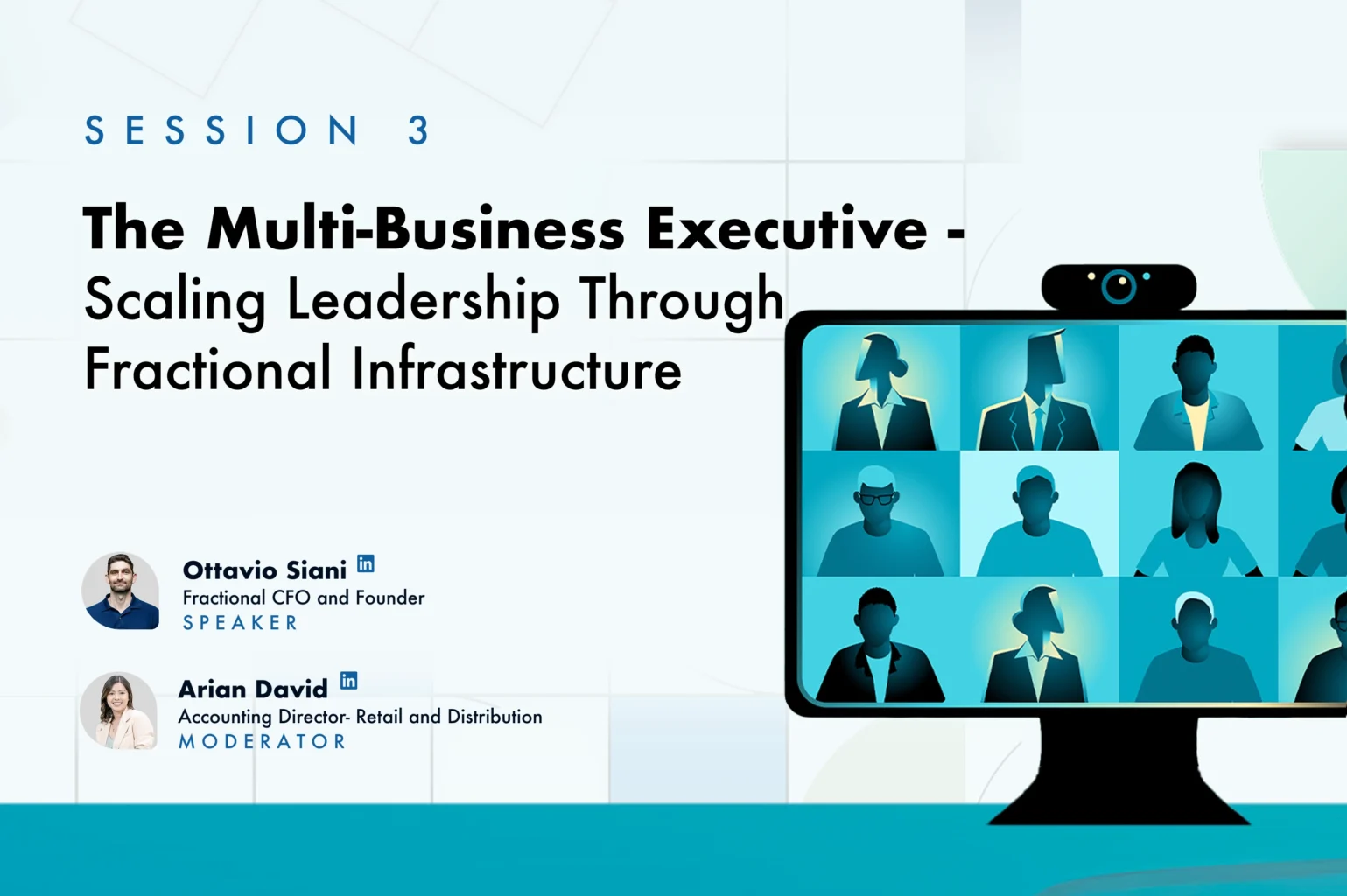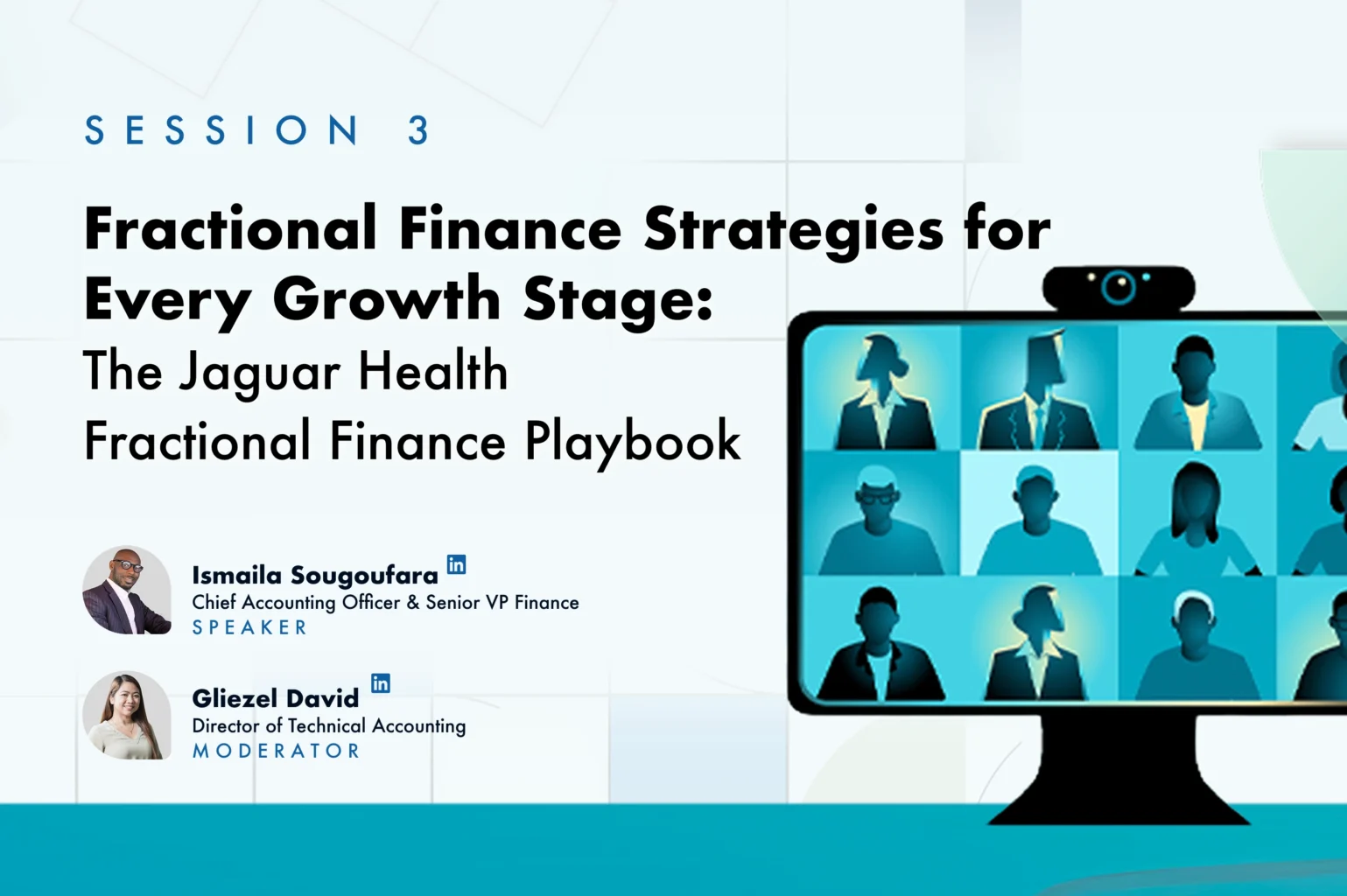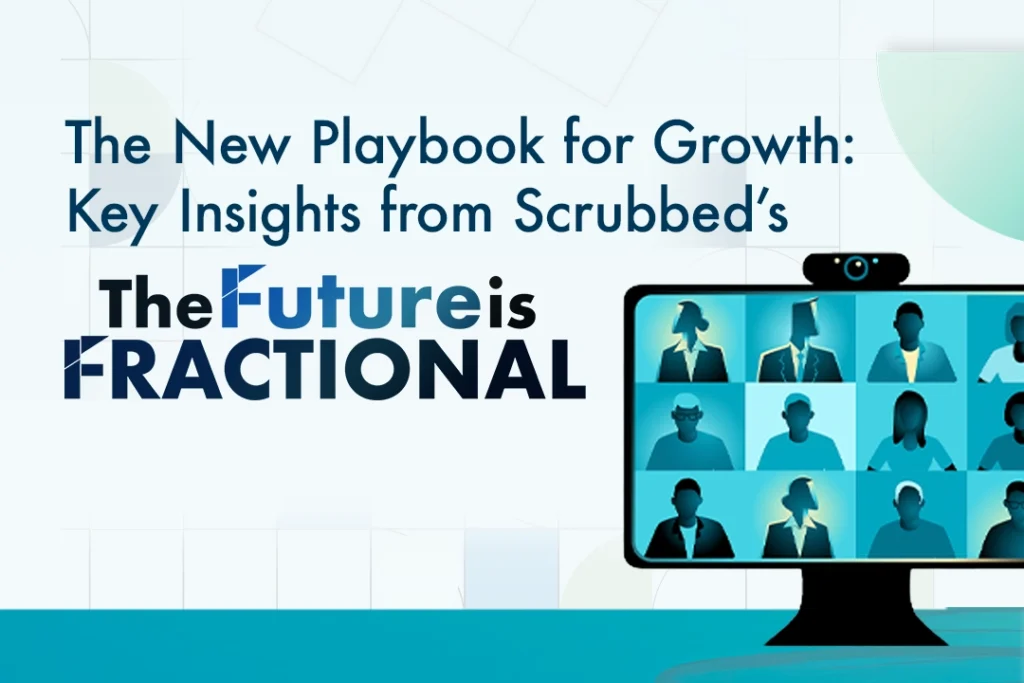While the Federal Government is currently transitioning to the Round 2 PPP Loans, many businesses now ask the same question: “How do we turn this loan into a grant?”
Ever since the release of the interim final guidance and clarification from the Treasury Department effective April 23, 2020, for the Paycheck Protection Program (PPP) loans administered by the Small Business Administration (SBA), small businesses have been having a difficult time in obtaining clear guidance as regards the procedure of applying for loan forgiveness. Note that this article is meant to present those that are provisions of the CARES Act, and further guidance may clarify ambiguous matters surrounding the loan forgiveness.
In a nutshell, the following aspects of the loan forgiveness process, documentation requirements, and restrictions shall be made known for businesses who have availed and received the loan proceeds, or are planning to apply for the Round 2 release of PPP Loans:
Eligible loan uses for forgiveness
Factors to reduce the amount of forgiveness
Duration of the loan usage
Requirements for the application of loan forgiveness
ELIGIBLE LOAN USES
Ideally, proceeds from the PPP loan must be utilized for payroll costs. However, SBA releases clarification that “limiting non-payroll costs to 25 percent of the forgiveness amount will align these elements of the program, and will also help to ensure that the finite appropriations available for PPP loan forgiveness are directed toward payroll protection”.
This then clarifies that borrowers need only to ensure that 75% of the loan proceeds will be used for payroll costs, and the remaining 25% may be used for Other Qualified Costs as discussed below.
Qualified Payroll Costs. The intention of PPP is to retain the workforce in this time of rampant layoff. Various payroll costs are qualified expenses, including:
Salaries, Wages, Tips & Commissions: Capped at $100,000 annually per employee.
State and local taxes on compensation
Employee Benefits: This includes costs associated with retirement plans, group health insurance, separation or dismissal, vacation time, sick and medical leave, and parental and family leave.
One clarification with regard to the coverage of “Payroll Expenses” is the federal taxes. Under the Act, payroll costs are calculated on a gross basis without regard to (i.e., not including subtractions or additions based on) federal taxes imposed or withheld, such as the employee’s and employer’s share of Federal Insurance Contributions Act (FICA) and income taxes required to be withheld from employees. As a result, payroll costs are not reduced by taxes imposed on an employee and required to be withheld by the employer. This excludes the employer’s share of the payroll tax.
Other Qualified Forgivable Costs. The remaining 25% of the loan proceeds can be used to pay mortgage interest, utilities, and rent. Requirements are as follows:
Mortgage interest – Mortgage interest obligations must have been incurred before February 15, 2020, in order to be a qualified expense.
Rent – If you rent your commercial space, you can use a portion of your funds to cover rent over the next two months. To be considered a qualified expense, the lease agreement for the property must have had commenced before February 15, 2020.
Utilities – To qualify, service for these utilities must have occurred before February 15, 2020.
FACTORS REDUCING THE AMOUNT OF FORGIVENESS
Forgiveness on a covered loan is equal to the sum of the qualified payroll costs incurred during the covered 8 week period compared to the previous year or time period, proportionate to maintaining employees and rate wages up to the qualified amount per employee, and a considerable portion of other qualified payroll costs.
However, the maximum amount of loan forgiveness will be reduced (but not increased) proportionally in accordance with any reduction in the number of employees or salaries during the covered period when compared to the prior calendar year.
These are the factors that may prevent the borrowers from availing of the entire loan forgiveness:
Utilization of loan proceeds for purposes other than qualified payroll and other forgivable costs. The portion paid for non-qualifying costs is generally not considered in the portion to be forgiven.
Utilization of more than 25% for other forgivable costs. In excess of 25%, proceeds utilized for mortgage interest, rent, and utilities will reduce the amount to be forgiven.
Reduction of employee headcount. The reduction based on number of employees requires that the amount of the loan forgiveness is reduced by the amount of loan multiplied by the ratio of average number of full-time equivalent employees in the covered period divided by FTE during one of two periods selected by the employer, either (a) from February 15, 2019 through June 30, 2019; or (b) from January 2, 2020 through February 29, 2020.
Borrowers who re-hire workers previously laid off from February 15, 2020 through 30 days after the enactment of the CARES Act, shall not have those numbers counted against them for loan forgiveness purposes, provided those workers are rehired no later than June 30, 2020. This means borrowers can eliminate the reduction if there was re-hire of employees or simply replace the employees to maintain the number of payroll headcount.
Reduction of employee salary. The reduction based on salary and wages requires that the amount of the loan forgiveness is reduced by the amount of any reduction in total salary or wages (other than those who have annualized pay in excess of $100,000) that is in excess of 25% of the total salary or wages of the employee during the most recent full quarter during which the employee was employed before the covered period.
In addition, it is important to note that if the business has applied for the Economic Injury Disaster Loan (EIDL) for payroll purposes, and has received EIDL Advance, the proceeds released as advance (not to exceed $10,000) must be included as “amount forgiven”, by virtue of refinancing the EIDL with PPP.
DURATION OF THE LOAN USAGE
SBA clarifies that the amount of forgiveness of a PPP loan depends on the borrower’s payroll costs and other qualified costs over an eight-week period.
The eight-week period begins on the date the lender makes the first disbursement of the PPP loan to the borrower. The lender must make the first disbursement of the loan no later than ten calendar days from the date of loan approval.
It is construed that this pertains to cash disbursement rather than the accrual of payroll and other expenses.
Only disbursements made in the eight-week period will be qualified for loan forgiveness.
DOCUMENTATION REQUIREMENTS
Following the covered period, borrowers may submit an application to their lender for loan forgiveness. The following must be included in the application:
Documentation verifying the number of employees on payroll and pay rates, including IRS payroll tax filings and state income, payroll, and unemployment insurance filings. This includes:
941 Quarterly Tax Filings;
944 Annual Tax Filings;
Documentation verifying payments on covered mortgage obligations, lease obligations, and utilities;
Other qualified documentation supporting the number of full-time equivalent employees on the payroll, and their salary/wages for the period the loan was used to pay them. These could include payroll reports from a payroll provider, payroll tax filings, income/payroll/unemployment insurance filings from the state, and paperwork that verifies retirement and health insurance contributions;
Payroll registers for the last 12 months;
Business bank statements from the last 12 months; and
Certification from an authorized representative of the business or organization that the documentation provided is true and that the amount that is being forgiven was used in accordance with the program’s guidelines for use.
It is important to note that though the SBA oversees and monitors this program and gives final approval on loans, the PPP loan comes through the lender. That lender may ask for additional documentation, or that certain channels may be used to request for loan forgiveness.
There are no requirements set by the SBA, so the specific lender may require additional documentation or have their own instructions for submitting a loan forgiveness request. At a minimum, borrowers should ensure that documentation is available that shows how the loan was spent.
No eligible recipient shall receive forgiveness without submitting to the lender that originated the covered 7(a) loan the documentation required under subsection (e).
A lender must issue a decision on the loan forgiveness no later than 60 days after receipt of the loan forgiveness application.
WE’D LOVE TO HELP.
We will continuously update you with news and analysis of legislative and administrative acts that are designed to provide relief from the economic effects of the COVID-19 pandemic. For immediate questions, guidance and clarification, please contact us at [email protected] or discuss it with your Scrubbed professional.
Disclaimer
The information contained herein is of a general nature and is not intended to address the circumstances of any particular individual or entity. It is not intended to be relied upon as accounting*, tax, risk and SOX compliance, corporate finance advisory, or other professional services. Please refer to your advisors for specific advice. Although we endeavor to provide accurate and timely information, there can be no guarantee that such information is accurate as of the date it is received or that it will continue to be accurate in the future. No one should act upon such information without appropriate professional advice after a thorough examination of the particular situation.







